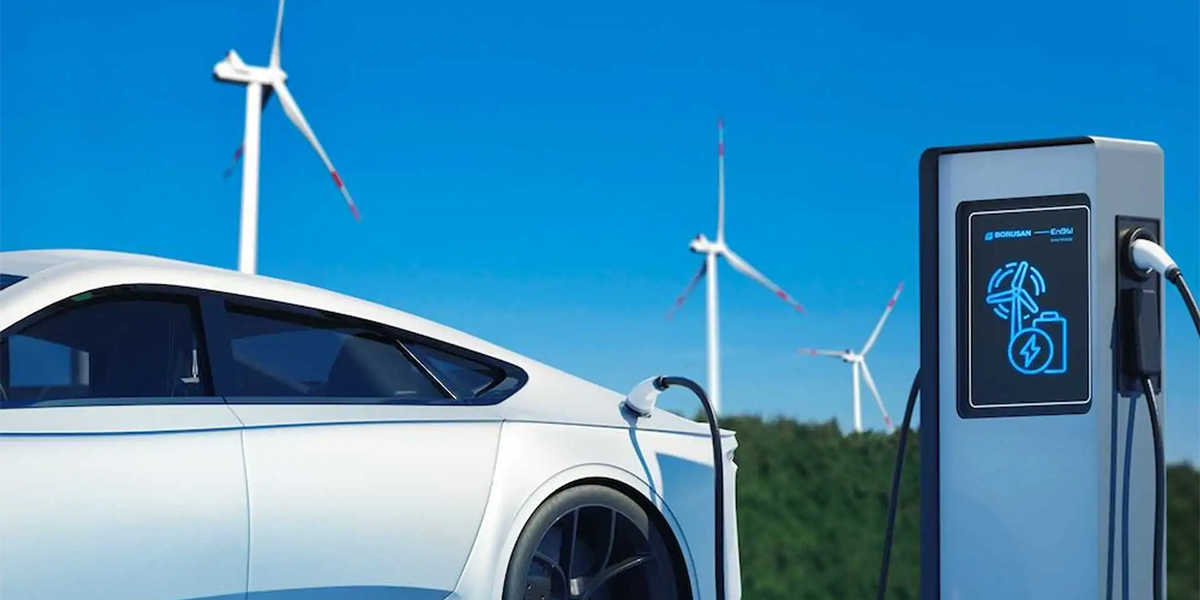Advantages and Environmental Impacts of Electric Vehicle Technology
Electric vehicle technology has emerged as an environmentally friendly and accessible alternative recently. These vehicles produce less greenhouse gas emissions compared to internal-combustion engines, thereby improving air quality. Additionally, charging them by using renewable energy sources reduce the carbon footprint.
Electric vehicles generally contain fewer moving parts compared to internal-combustion engines, resulting in lower maintenance requirements, and reduced operating costs. The instant torque provided by electric motors enhances acceleration and response times, offering users a more dynamic driving experience. Lastly, the noiseless operation of electric vehicles provides a quieter and more comfortable ride for both drivers and surrounding people.
Economic Impacts of Electric Vehicles for Sustainable Mobility
Electric vehicles have various economic impacts on sustainable mobility. Firstly, the use of electric vehicles reduces energy imports, as there is no longer need for fossil fuels.
However, the initial cost of electric vehicles can be higher, as they are often more expensive than fossil fuel-powered vehicles. Nevertheless, it is projected that long-term savings on fuel and maintenance can offset these initial costs. To evaluate the economic impacts of electric vehicles, it is important to consider government incentives, investments in charging infrastructure, and industrial transformation processes.
Electric Vehicle Charging Infrastructure and Facilitation of Use
The development of electric vehicle charging infrastructure and facilitation of use are crucial for promoting the widespread adoption of electric vehicles. Without accessible charging options, these vehicles cannot be reliably used.
To develop this infrastructure, it is necessary to establish a wide network of charging stations. This provides drivers with security and ease when planning long-distance trips. Additionally, making home charging stations easily accessible allows electric vehicle owners to charge their vehicles conveniently at home or at work. This enhances the easiness of using electric vehicles in daily life and encourages the transition to electric vehicles. Moreover, the development of fast charging technology is also essential, as it allows drivers to charge their vehicles in shorter times, making the use of electric vehicles more practical.
Phase 5 Transition and Borusan Cat
The Phase 5 engine emission standard, as a step toward reducing environmental pollution caused by internal-combustion engines and combating climate change, is defined as a transition process and all the standards about the use of engines with lower carbon emissions to reduce air pollution. Phase 5, the most comprehensive and strict emission standard set by the European Union for industrial and mobile machinery, also covers machines used in agriculture, construction, mining, forestry, and other industrial sectors, known as Non-Road Mobile Machinery (NRMM). The transition to Phase 5, which mandates the use of particulate matter filters and restricts Nitrogen Oxide emissions, is also encouraged by the Ministry of Industry and Technology.
At Borusan Cat, we have already started using Phase 5-compliant engines as per the standards set by the European Union for our sector. With our experienced team, Cat products featuring new generation engines that minimize carbon emissions, and our compliant maintenance processes, we were ready for the Phase 5 transition that began in 2019. Following general emission restrictions during the Phase 5 transition, we maintained our commitment to being a reliable solution partner for our customers and we offered solutions that combine technology and efficiency. In line with our company purpose “We Create Solutions for a Better World,” we will continue to contribute with environmental value in our sector and take steps for a healthy future for our planet.
Sustainability in the Automotive Sector
Sustainability in the automotive sector is considered an important issue that needs to be addressed in environmental, economic, and social pillars. This sector impacts environmental issues such as emissions harmful to the atmosphere, energy consumption, use of natural resources, and waste management.
Therefore, automotive companies focus on developing more efficient engines to reduce emissions and producing electric and hybrid vehicles to lean to alternative power.
At this point, the advantages of electric vehicles stand out. Low fuel and maintenance costs are seen as important solutions for a sustainable future in the automotive sector. Consequently, electric vehicles have become increasingly common. In fact, to attract drivers who do not prefer the quiet driving features of electric vehicles, some vehicles are even equipped with artificial engine sounds. All these possibilities and advantages indicate that electric vehicles will become even more widespread in the future.











Hello!
As writers for theBClog, we share with you articles that highlight current developments and inspiring ideas in various topics, from sustainability to technology, energy to climate, and innovation to human interest stories.
Enjoy!